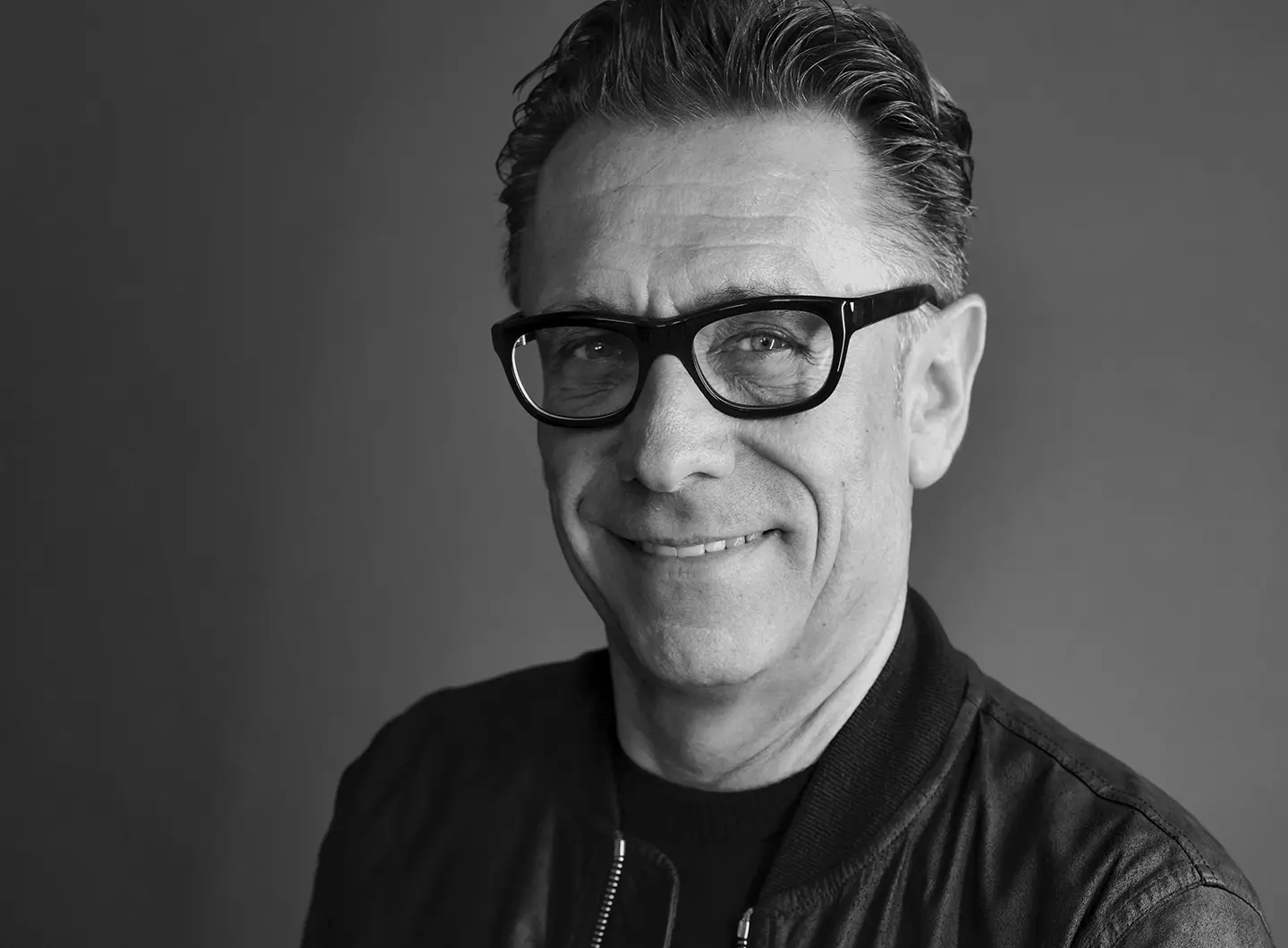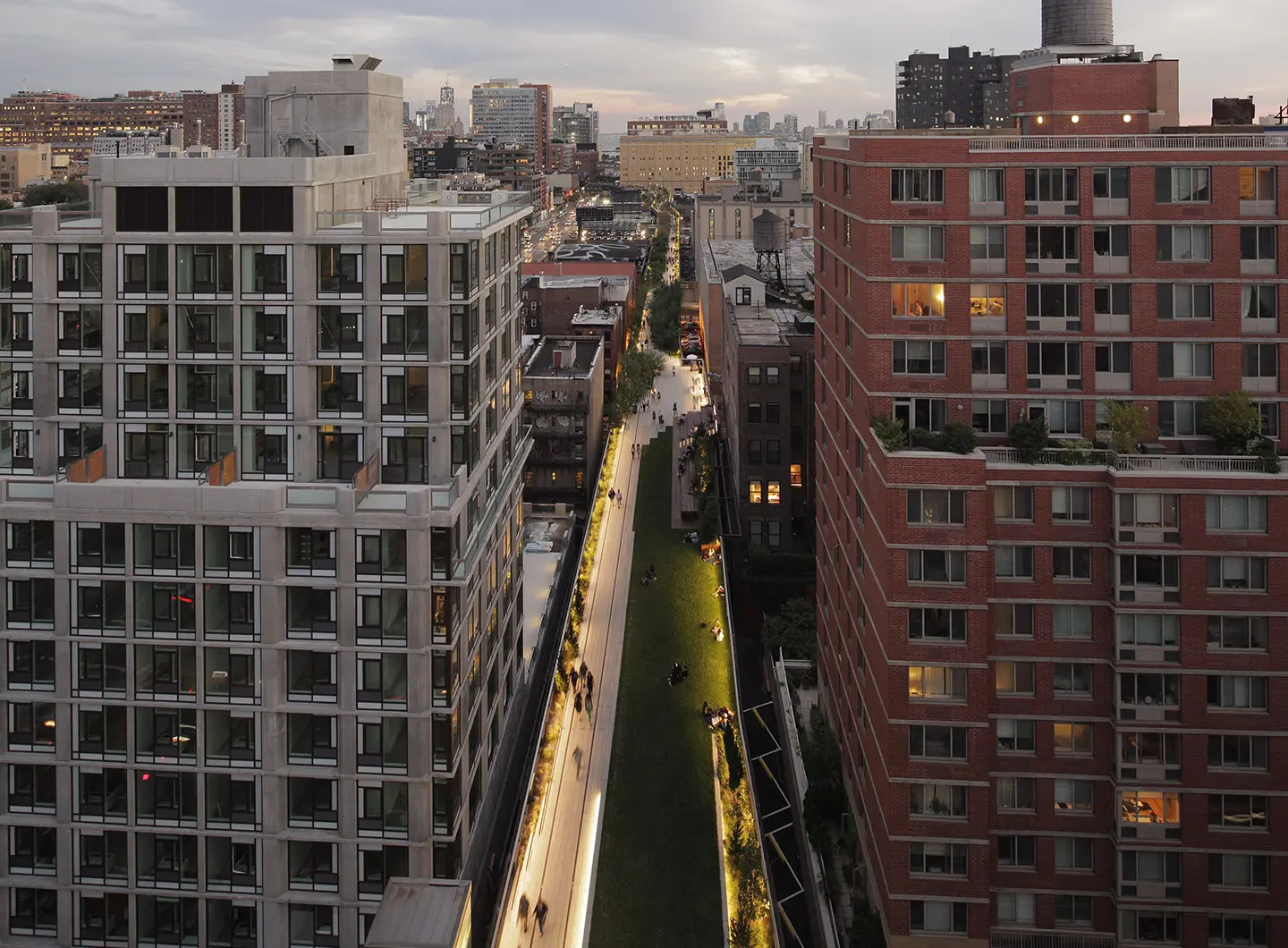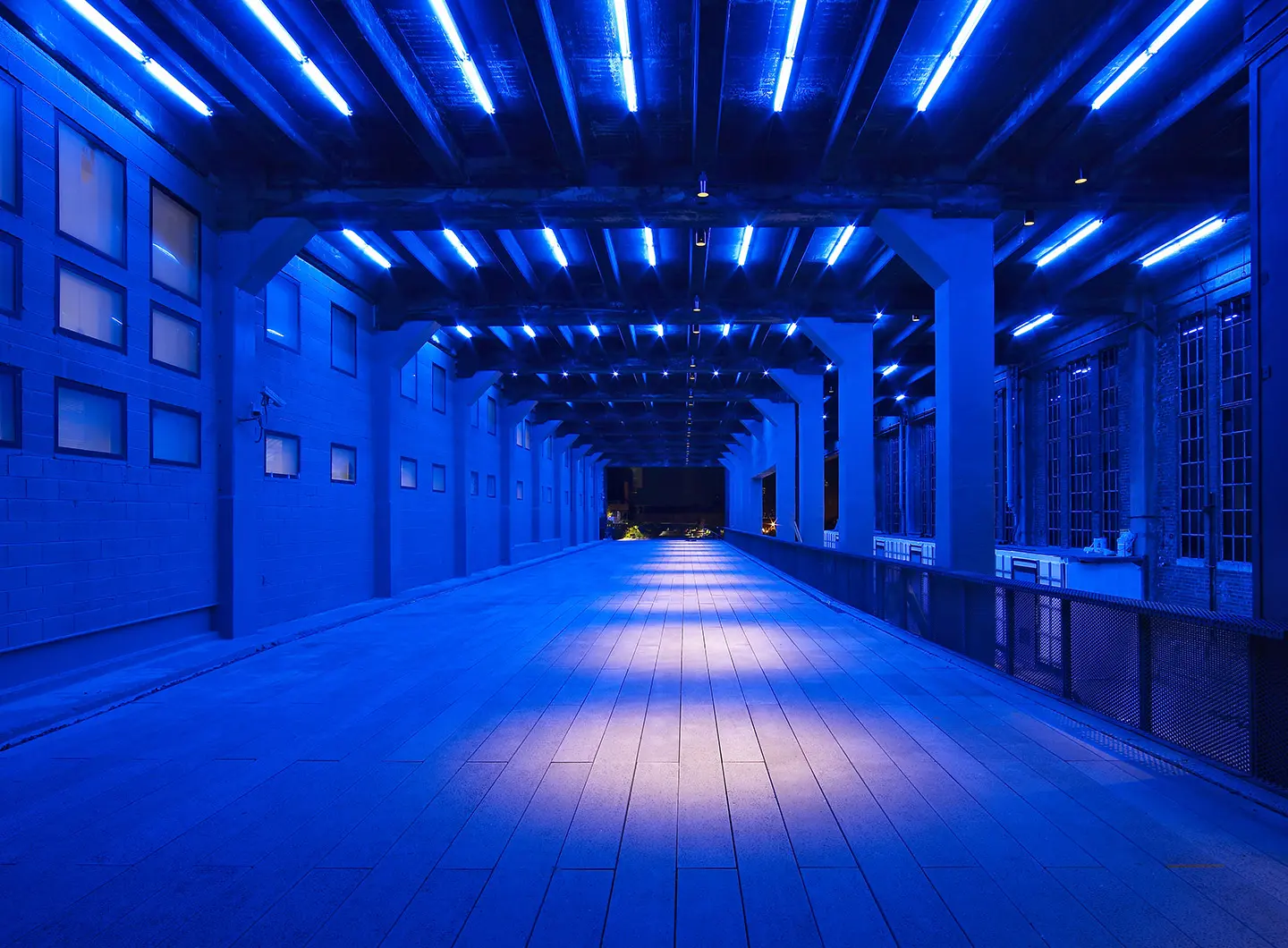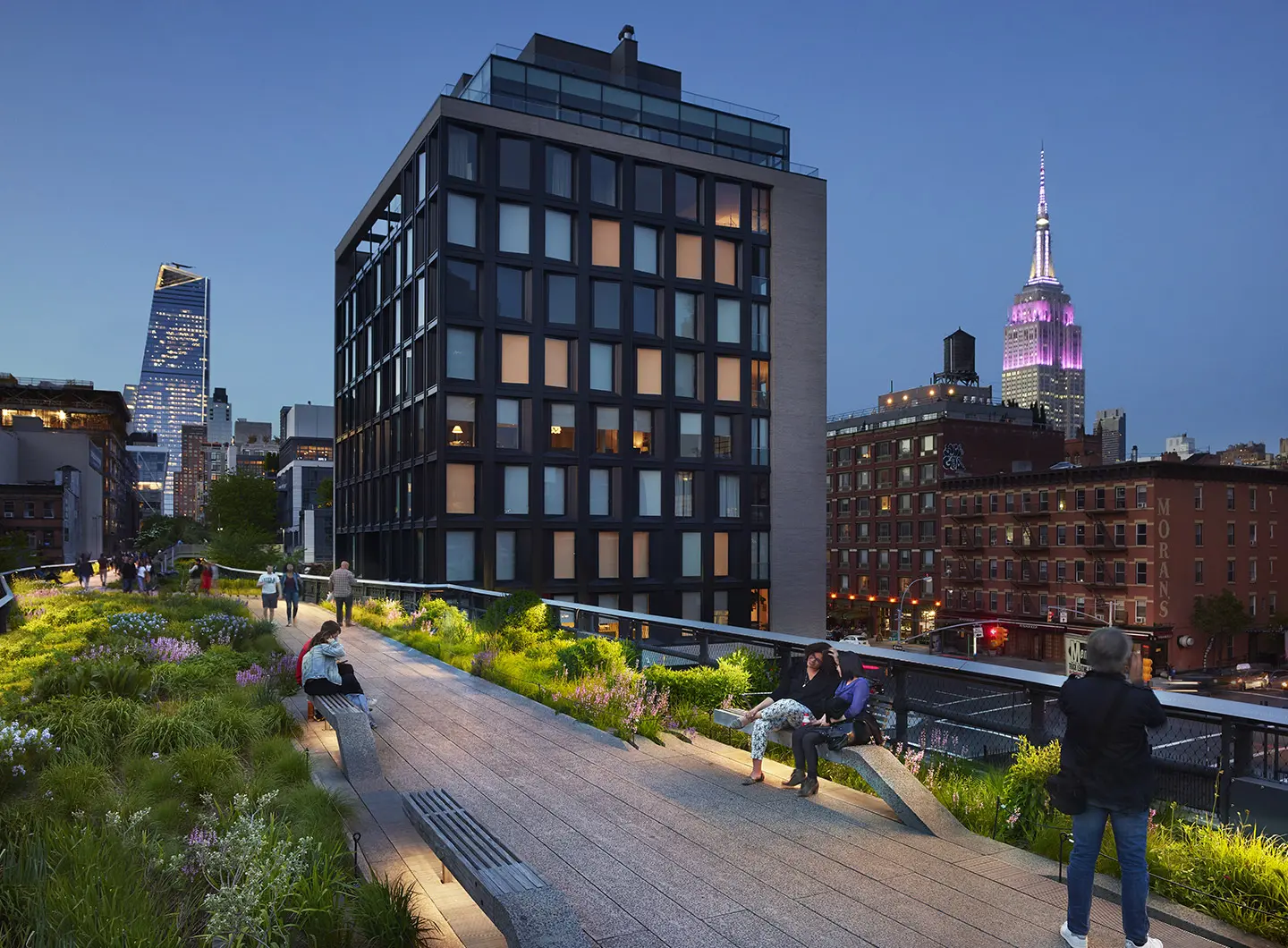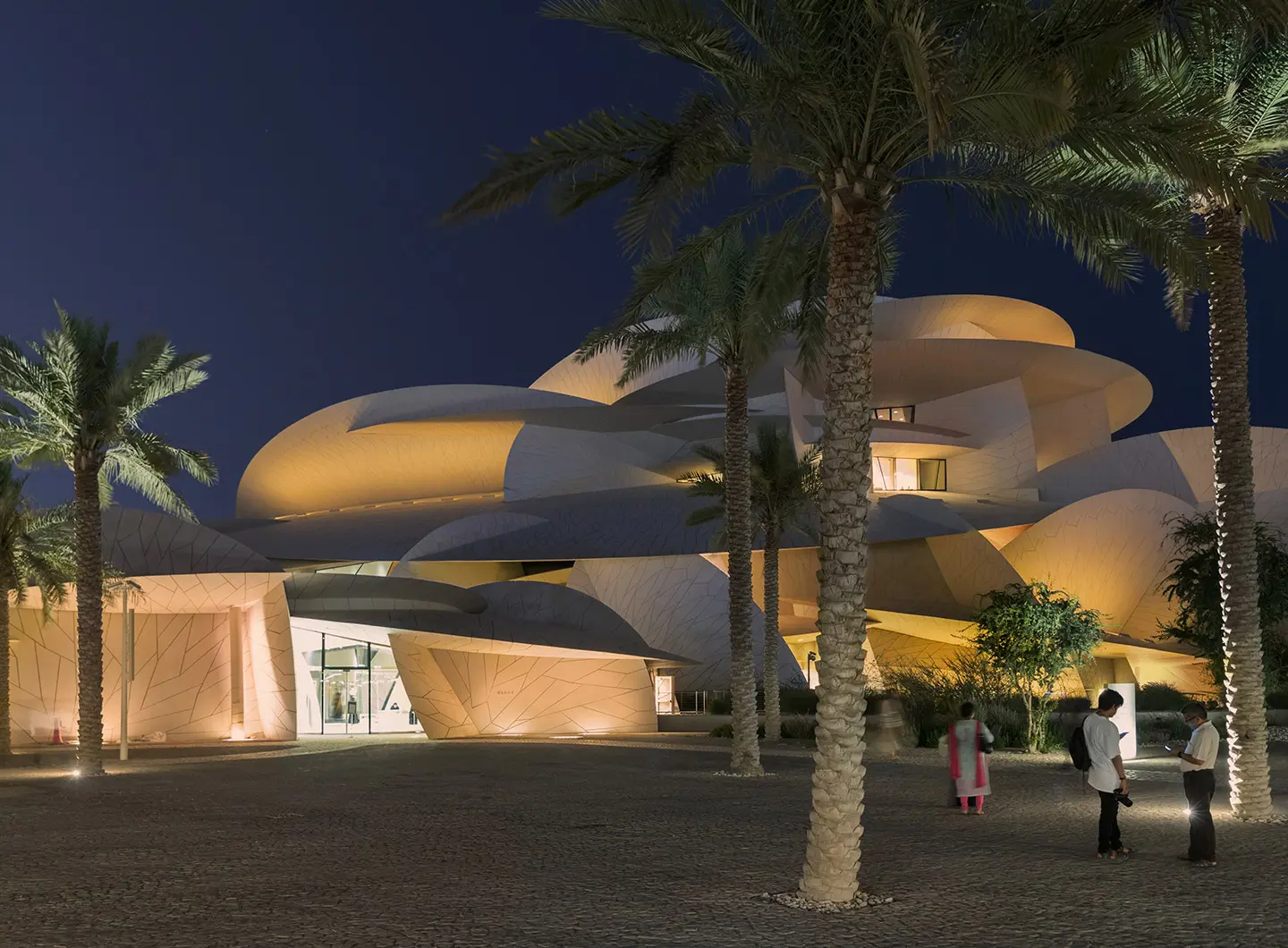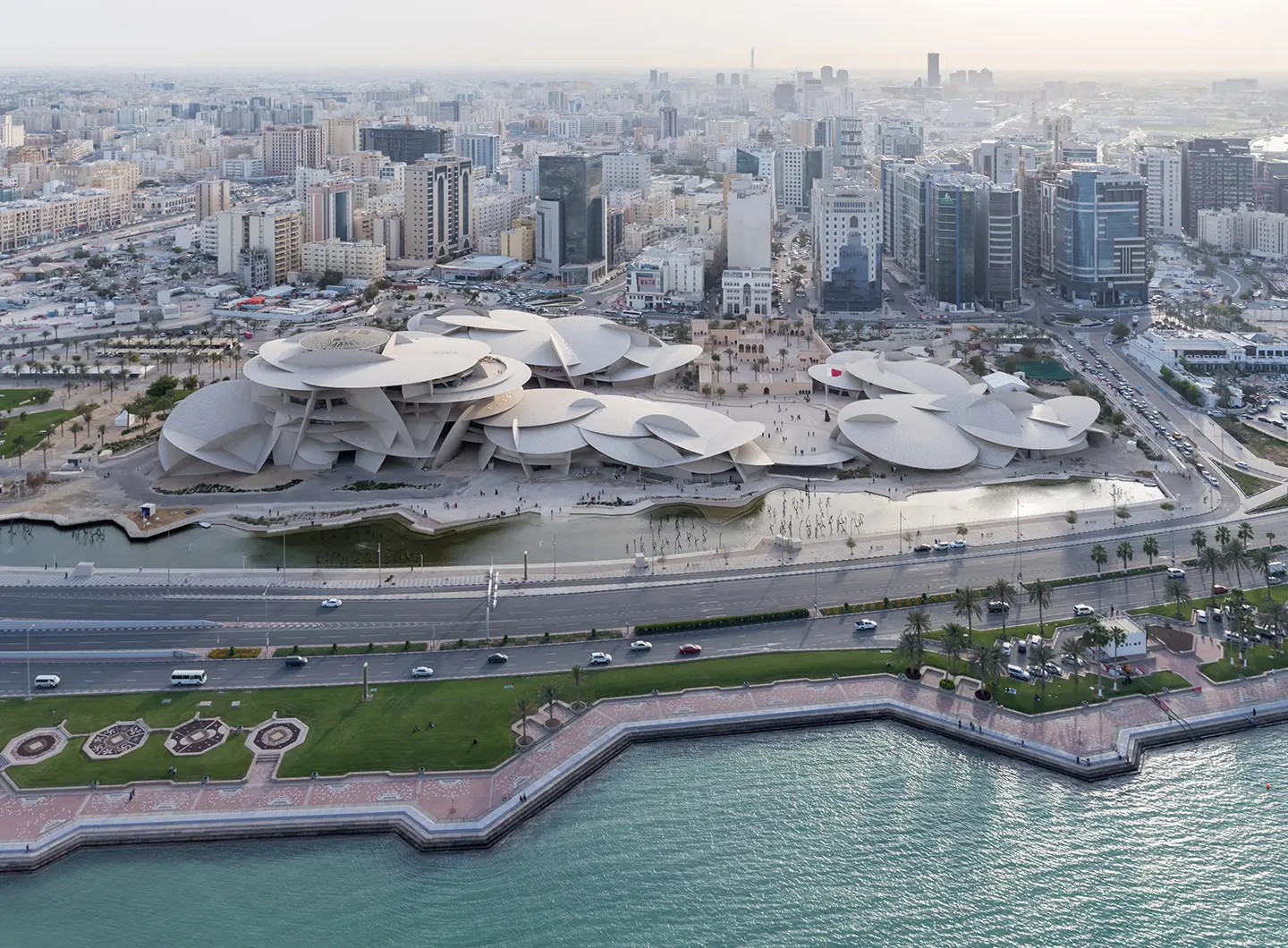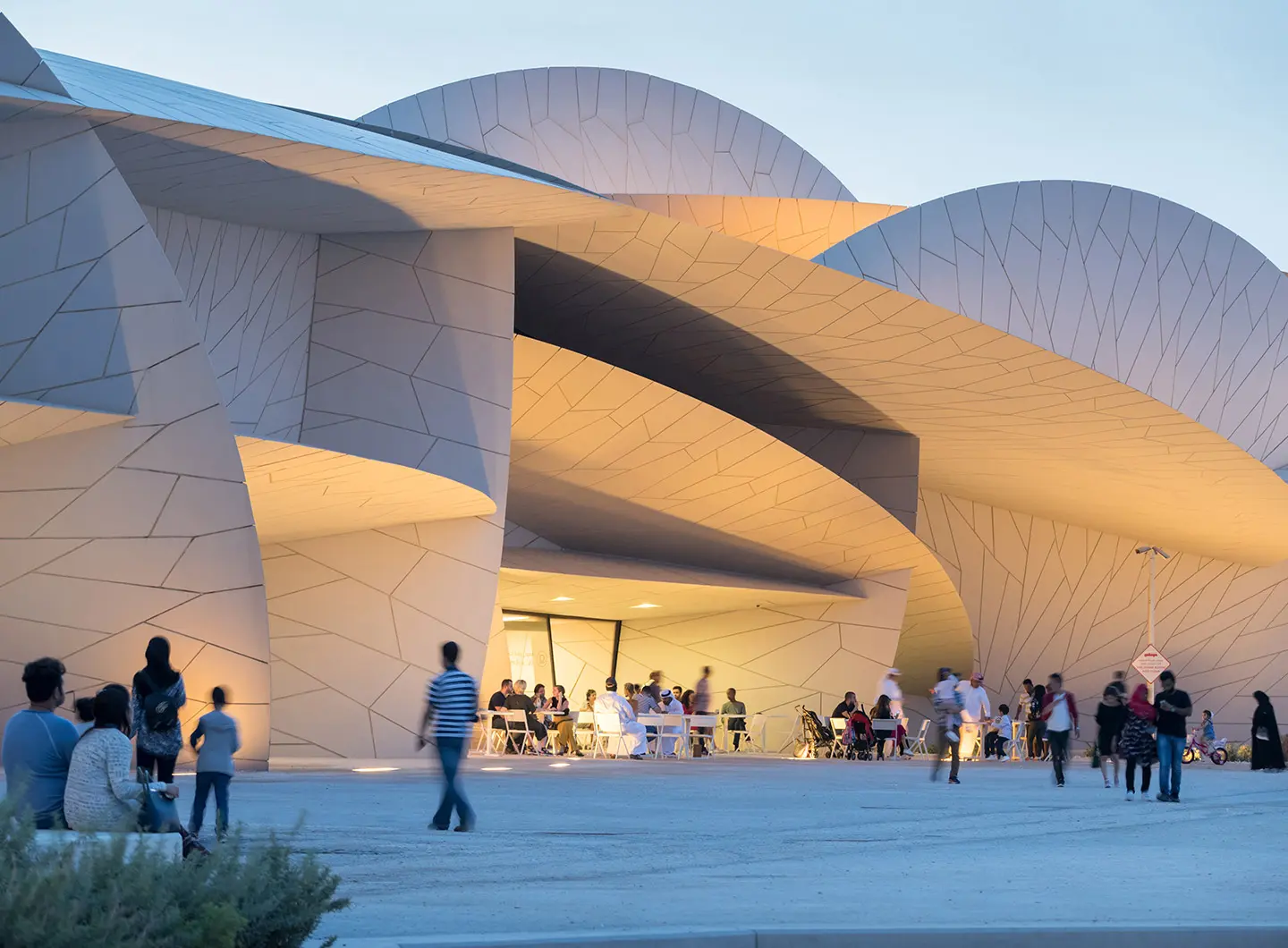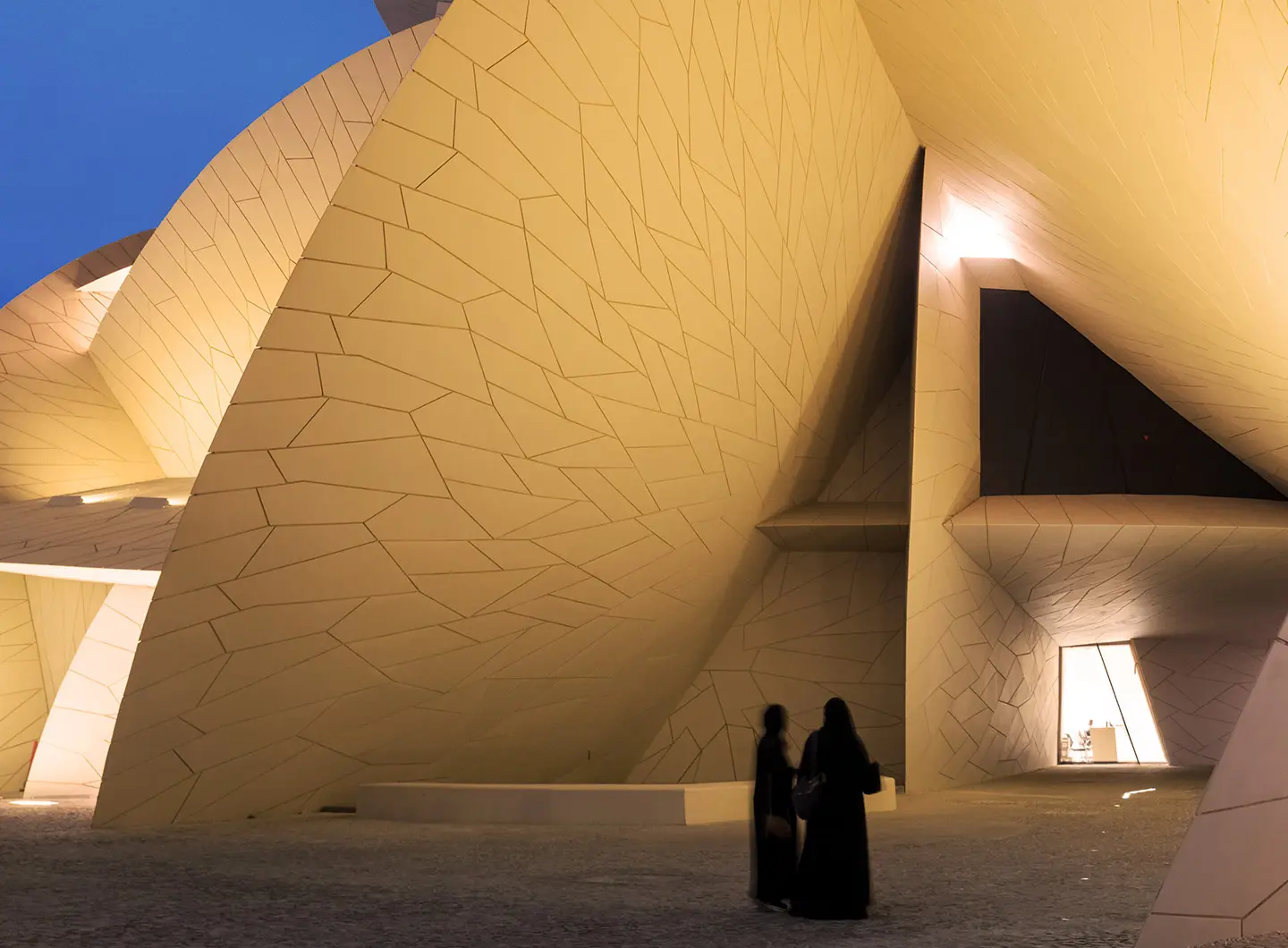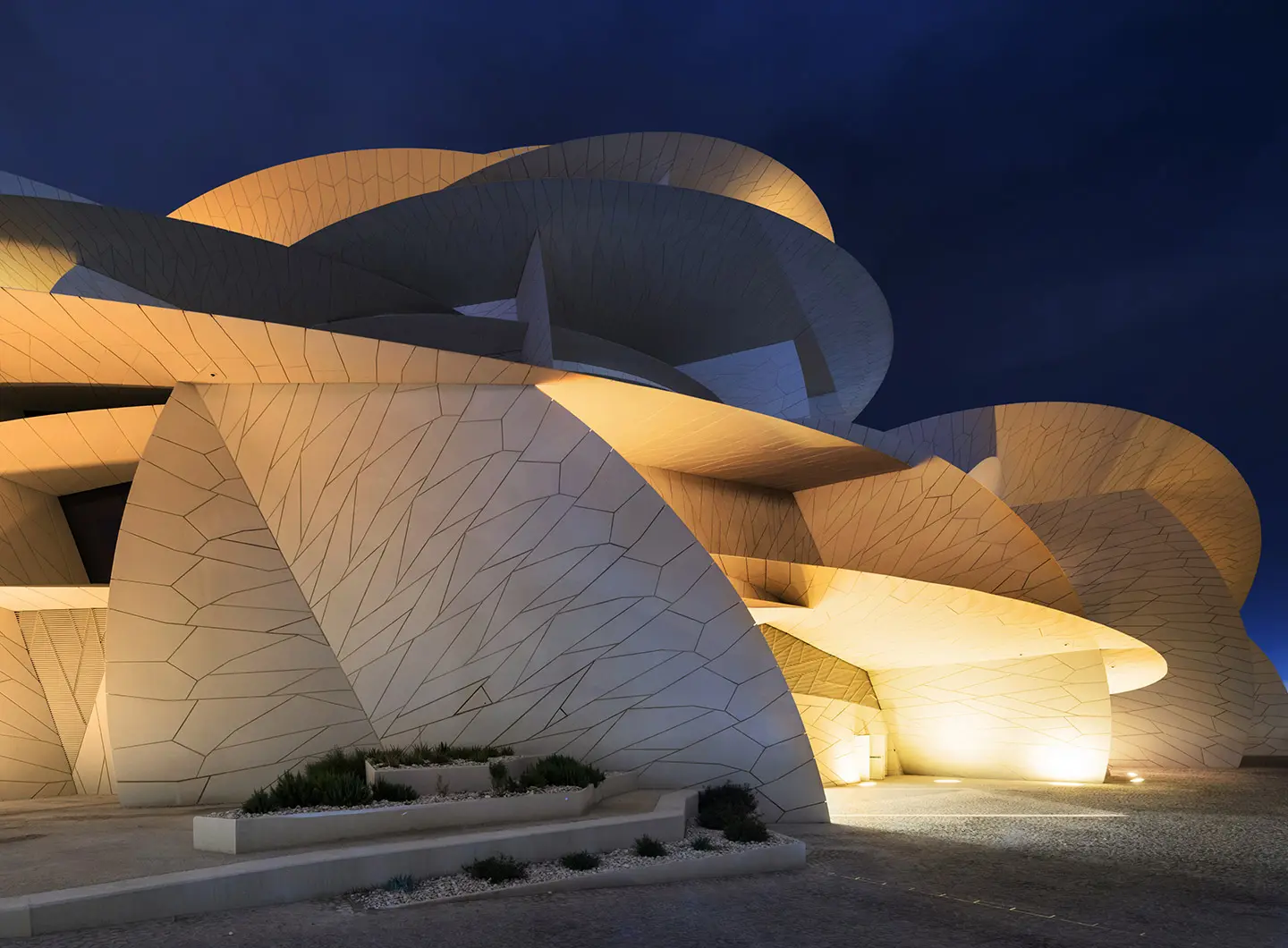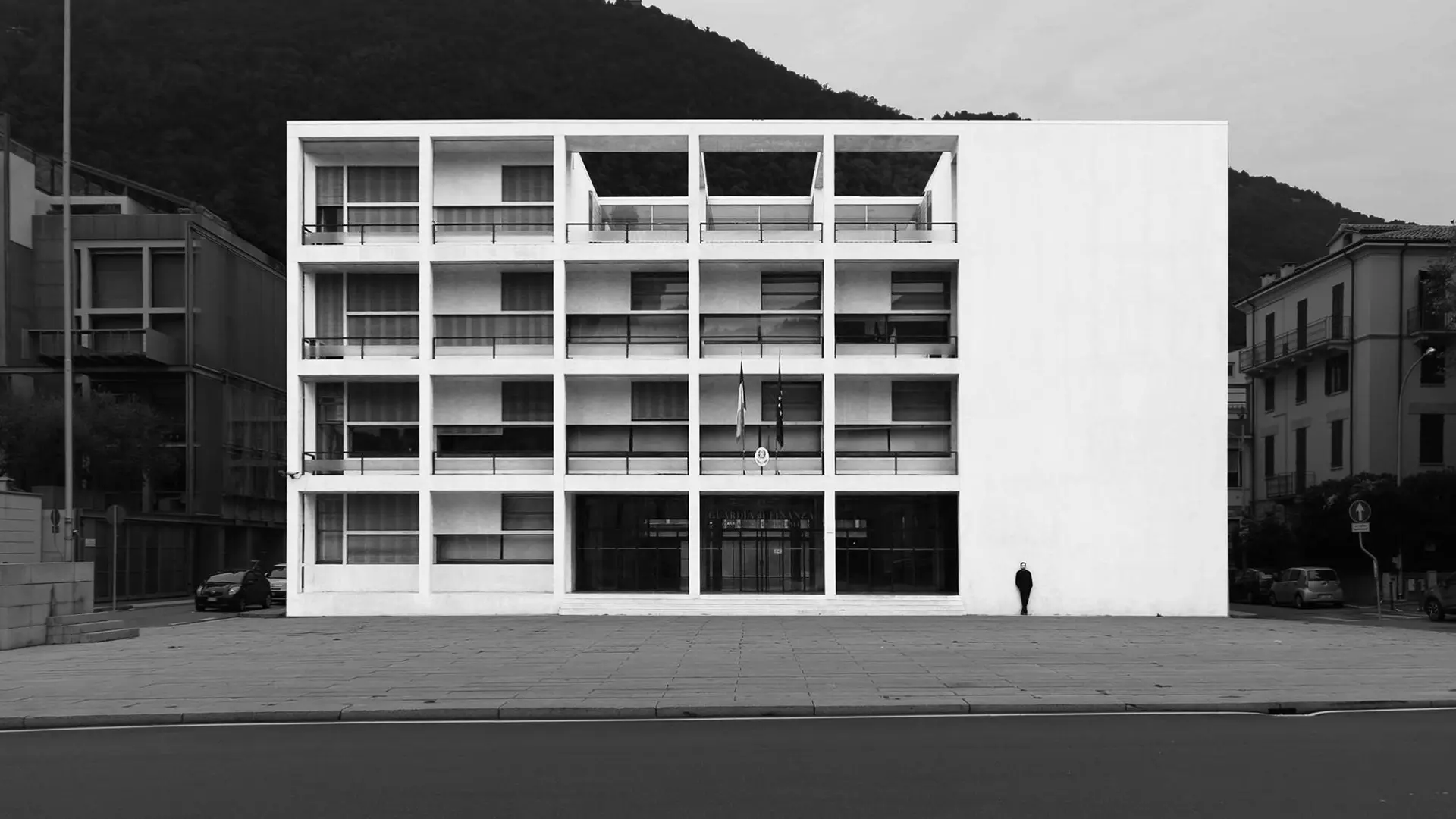Pure volumes, minimal or non-existent decoration, primacy of functionality, harnessing new materials: from the Casa del Fascio in Como to the railway station in Florence, the story of an experimental period that, after almost a century and several attempts at damnatio memoriae, remains a tangible presence in Italy.
Light as function and emotion. An interview with Hervé Descottes
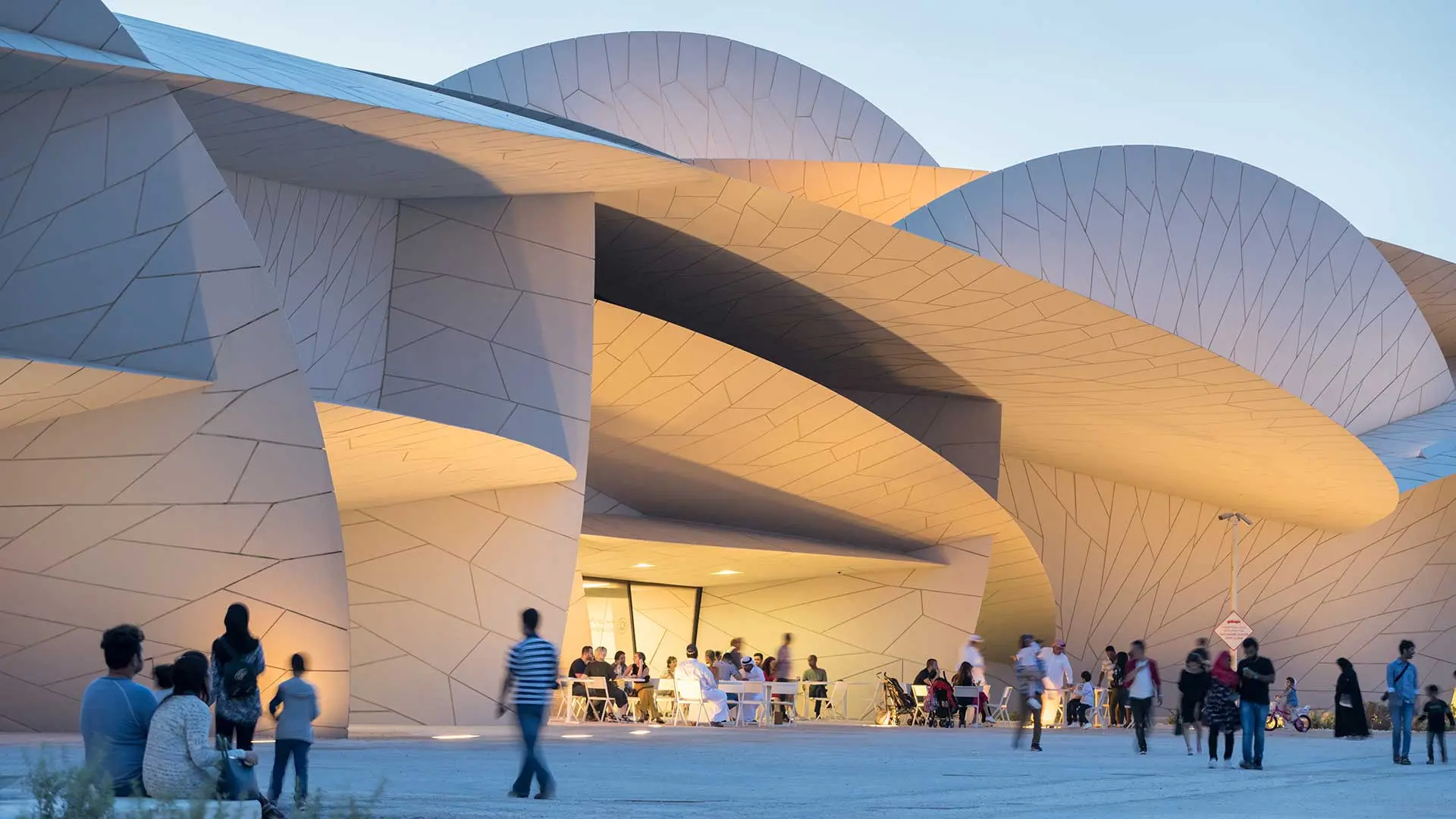
National Museum of Qatar, Doha - © Iwan Baan, courtesy of L’Observatoire International
The founder of the lighting design firm L'Observatoire International will be taking part in the Light for Spaces Round Table at The Euroluce International Lighting Forum. We talked to him about his career and his sources of inspiration, from everyday life to art.
Tens of millions of people’s eyes alight on your work – for example the five million New Yorkers and tourists who walk along the High Line, the public park created on the site of an abandoned freight rail line in Manhattan, and the million and a half visitors to the Fondation Louis Vuitton in Paris every year – but it is above all those who know where to look who notice it. The others will be imbued with a vague sense of wellbeing, the pleasure of walking through the galleries of a museum and admiring well-lit works, or even the sense of wonder engendered by the sparkling lights on the façades of department stores such as Harrods, in London. The French lighting designer Hervé Descottes set up l'Observatoire International in New York in 1993 - a design firm whose mission is to “light up the world” (the claim also appears on his website), and does so with skill and discretion, underscoring the architectural intention underpinning a building or a space with a measured design approach. In an interview a few years ago, he said that “the best lighting designer should be totally invisible.” We asked him a few questions in the run-up to his appearance (April 11 - 2.00 pm) the Euroluce International Lighting Forum.
Light is a phenomenological system, constantly changing in response to its environment. This is what makes it feel impalpable, or even invisible, despite being a tangible element.
Good lighting should adapt to its surroundings, evolving in harmony rather than existing as a separate layer disconnected from the building, its social context, or sustainability. The greatest mistake is designing lighting by focusing on solutions before asking why we are creating this particular design instead of another.
Both are equally important. When creating concepts, we first strive to understand how sensitivity will affect the environment and how lighting will intertwine on a conceptual level. There are three main elements to consider: the context, the architect and/or designer, and the users.
We always ask ourselves why we are designing something and how these elements can help answer this question: the specificity of a space or place (a project in the Middle East cannot be envisioned in the same way as one in Europe), the intentions of the designers and architects in shaping their creation, and how it will be used in the future.
Our goal is to translate this why into our design and concepts. My team, composed of designers, technicians, creatives, and researchers, collaborates to create the most organic and comprehensive vision of light. They are either part of the internal team or act as consultants, each bringing their own unique perspectives and expertise.
The architects I have worked with have been an incredible source of inspiration. Each has a unique vision of materiality, making every collaboration distinct. Collaboration is also deeply personal to me — I truly value the relationships I build. With some, I have worked for years, developing a strong bond based on trust and communication.
It’s not about taking, but rather about exchange. Inspiration flows both ways and is rooted in dialogue, allowing me to better understand the designers’ and architects’ intentions. They trust me when seeking my input on lighting, and I honor that trust by revealing the subtlety of the architecture and its concept.
My inspirations, similar to my projects, result from a diversity and plurality of influences. For a long time, I was deeply inspired by architecture, cinema, photography, and nature — fields that, at their core, are closely tied to light. Now, I focus more on social issues and sustainability, aiming to translate these concerns into my designs.
I lead a very intense life, managing projects, teams, and travel across Europe, the US, and Asia, while also balancing family and a rich social life. The people close to me truly inspire me.
I think visual artists, esp. lighting artists have been a major source of inspiration for me — particularly the Light & Space movement and James Turrell (with whom I have collaborated on several projects), with his extensive research on perception. As a European, my aesthetic has been strongly shaped by classic painters like Georges de La Tour, Caravaggio, and the Masters of Light, as well as modern painters such as Rothko.
The main challenge was, of course, conveying the idea of invisible lighting — to subtly enhance a path and a landmark, almost like a magical gesture — while also translating this vision into a technical reality. The goal was to create a safe and welcoming environment while maintaining a sense of mystery by concealing all light sources. At night, especially in outdoor landscapes, luminance and contrast are amplified due to our eyes' adaptation to darkness, we have to avoid high contrast and avoid seeing the light source so we can really see the effect of light.
It was also a challenge to walk across several blocks of West Manhattan and rediscover the city at this level without creating a tunnel of light. The key was to redistribute softer light throughout the space.
I don’t think I really chose this path — it chose me.
In the ‘80s, in Los Angeles, I had the chance to meet people working in this field, and they truly inspired me. It was a revelation, opening my eyes to a world of sensitivity I hadn’t been aware of before. This newfound sensitivity to light felt like an entirely new universe.
Later, when I returned to France, I took part in the renovation of the Aile Richelieu in the Louvre, and from there, everything unfolded. At that time, lighting designers were primarily engineers, unlike in the ‘60s and ‘70s, when they were mostly architects. What interested me was shifting the concept of lighting design into something more creative — almost like being a director of photography.
I think about the cities of the future and how to create an almost organic system where every energy source complements and supports the others.
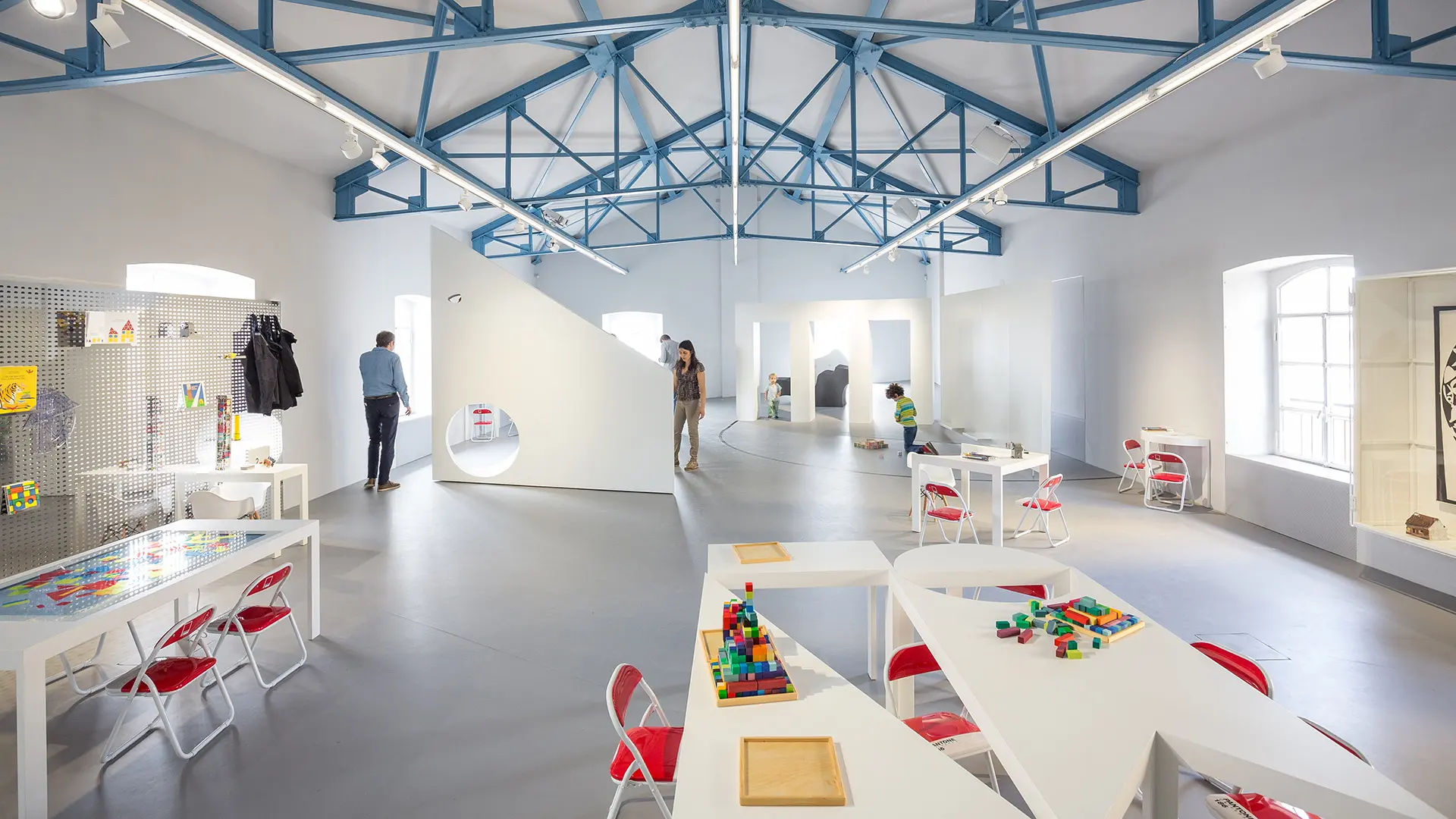
A play space is a serious matter
Not just fun places, but true places of social focus, where individuals gather, create bonds and build trust


The second edition of the Roundtables on Milan Design (Eco) System
Discussions ranged from the role of cultural policies and training, the appearance of new publics and emerging practices, all the way to innovative networks between territories and design. This is an account of the day’s work on Thursday 25 September, as part of the research project promoted by the Salone del Mobile and the Politecnico di Milano



